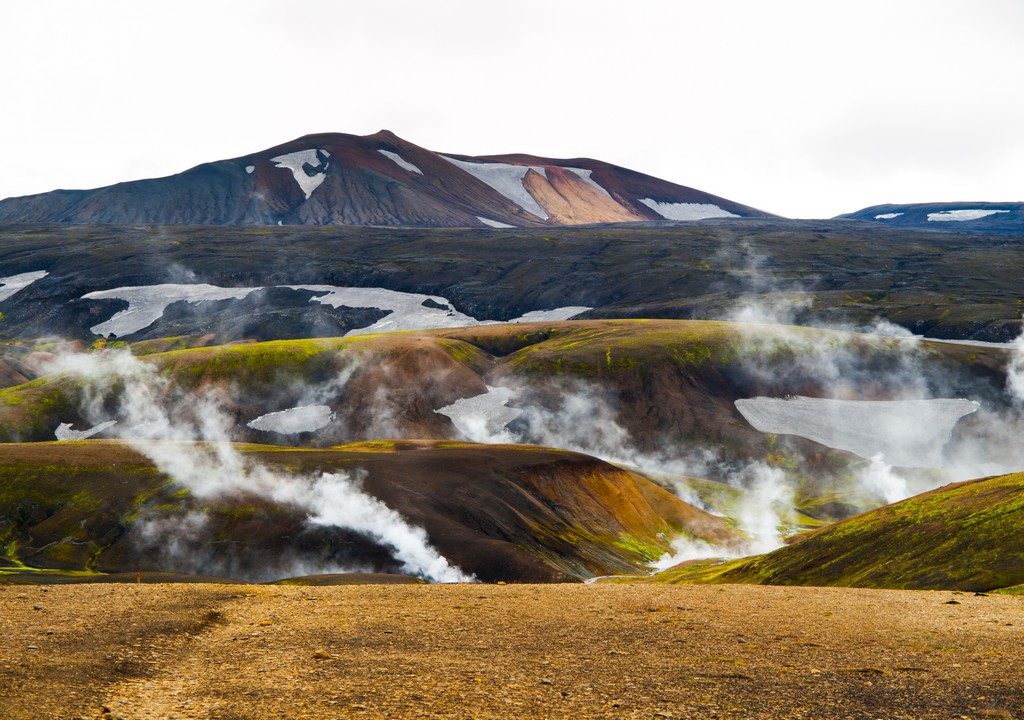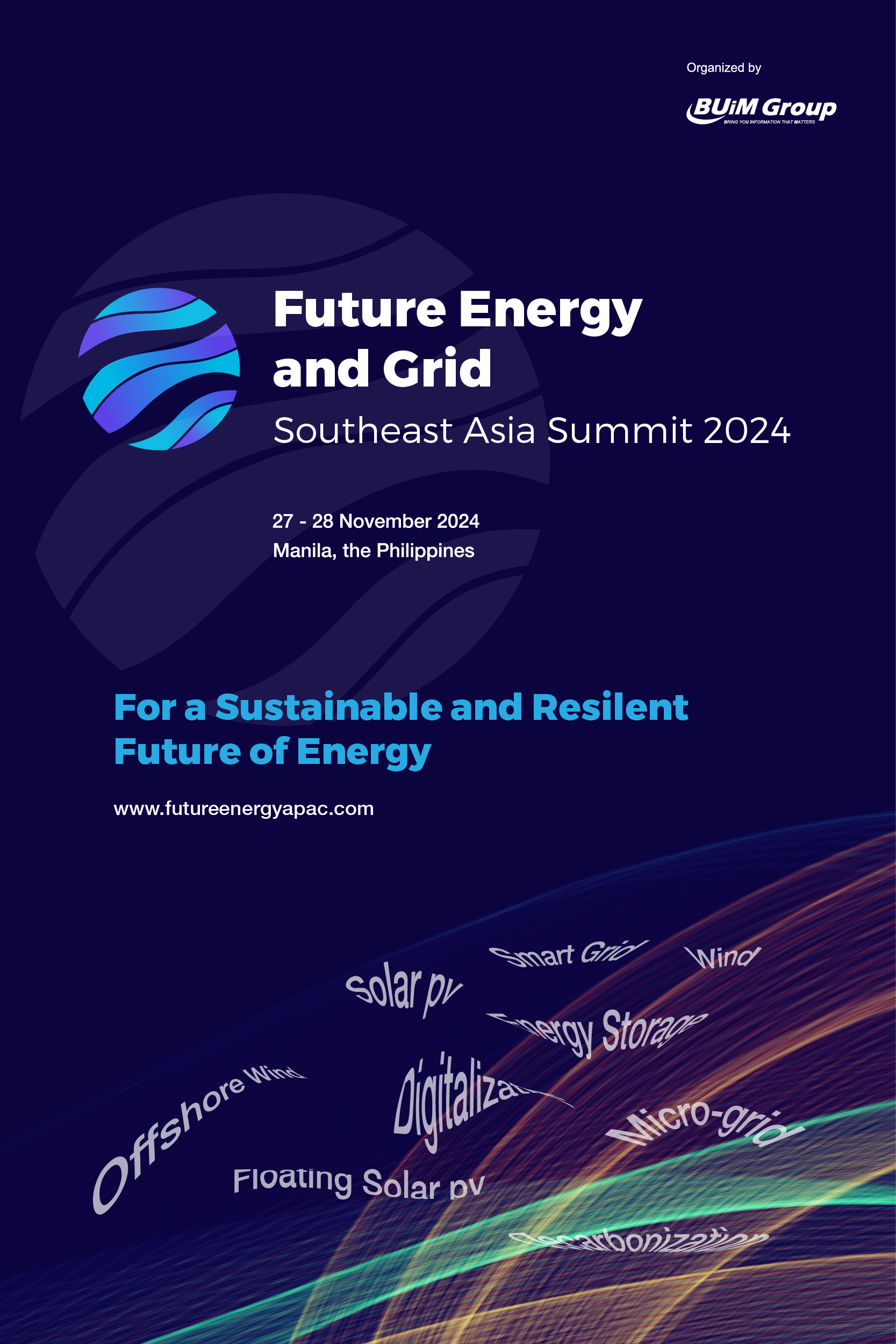The Philippines used to rank next to the United States when it comes to geothermal power in the world.
But last year, Indonesia snatched the second spot with its 1, 800 MW geothermal power production, leaving the Philippines in third place in geothermal production.
The Philippines only managed to produce 1,600 MW from 1,850 MW of its previous production.
“The first wave was in the 1980s, where we put the Philippines on the world map as the second geothermal producing country in the world. Then the second wave of the geothermal development was in the 90s. We’re actually waiting for the third wave,” said Jeoffrey Aban Caranto, President of National Geothermal Association of the Philippines.
“When the renewable energy law was passed in 2008, we were really hoping that it would pave the way to the third wave of geothermal development,” he added.
Aside from the RE law being implemented, the Electric Power Industry Reform Act or EPIRA also contributed to the growth of the country’s energy sector.
With EPIRA’s passage, geothermal exploration and development was being led by the private sector, which had been handled and managed by the government then.
Leaving geothermal development to the hands of the private sector might have contributed to the slow decline of developments in geothermal power as exploration projects required high capital cost. For example, a test drilling costs around $5 million.
Other factors affected the slow growth of geothermal power, such as the decrease in tariff, reduction in oil prices, and concerns regarding the indigenous peoples in areas for geothermal exploration.
“Although the entry of a lot of industry players in the country have paved the way for exploration of other geothermal areas in the country, there’s still very little development of new power plants,” Caranto explained.
After the passage of RE law in 2008, there’s only been one new project for geothermal development, which was the Maibarara plant with a capacity of 32 MW, according to Caranto.
“Our hope is that the industry will continue to move forward to new resources, especially here in the Philippines,” he said.
Last year, the Department of Energy spearheaded the revival of geothermal explorations as the department aims to increase the country’s energy capacity.


